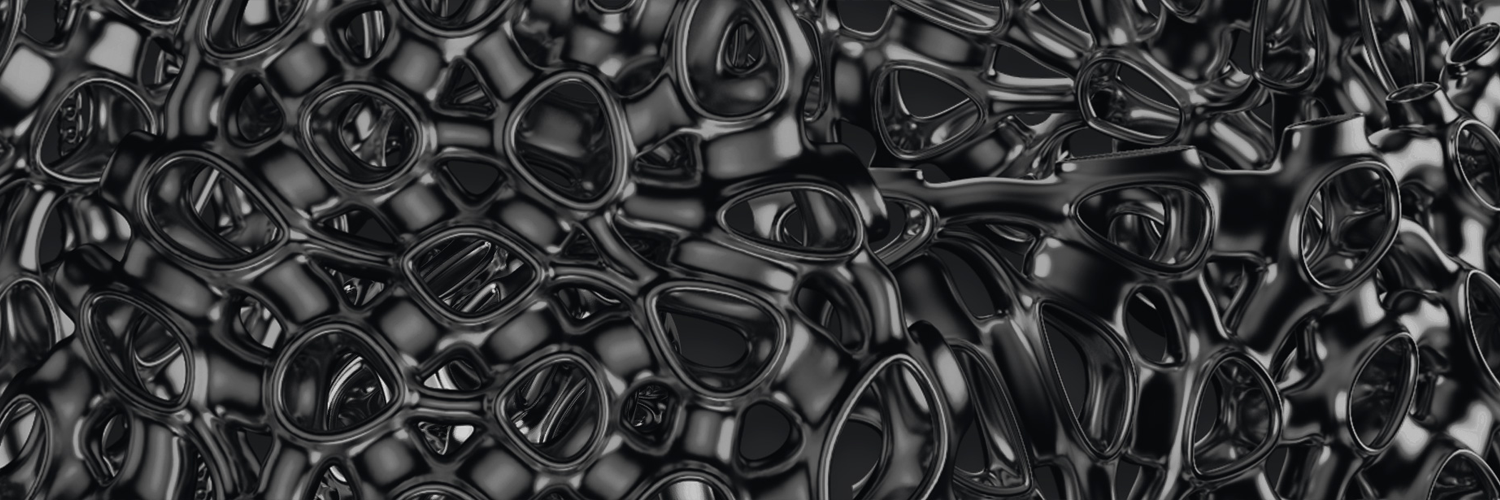


Professional industrial and jewelry designer (here's my Bēhance portfolio), hard-sci-fi enjoyer, cat lover and procrastinator. Started a few communities on kbin: Urban Details, Industrial Design and Jewelry Design, feel free to join if you find those interesting.
You can tip me if you like or use something I made.
Fossil fuels being subsidised at rate of $13m a minute, says IMF (www.theguardian.com)
Zoom terms of use updated to allow AI training on user-generated data, no opt-out
Relevant text:...
Aaron is no longer considered as cofounder by reddit. He fought for free speech. (lemmy.world)
In Peru, discovery of ancient ruins outpaces authorities' ability to care for them (www.npr.org)
LIMA, Peru — Although the top tourist destination in Peru is the ancient Inca citadel of Machu Picchu, high in the Andes Mountains, the capital Lima also holds a treasure trove of ancient ruins — so many, in fact, that authorities can’t take care of them all....
"Web Environment Integrity" is an all-out attack on the free Internet (www.fsf.org)
cross-posted from: lemmy.ml/post/2546109...
New Imaging Technology Provides a Quick Look Inside a Human Being, Radiation Free (scitechdaily.com)
Heat wave puts over two-thirds of U.S. population under heat alerts (www.axios.com)
A heat wave that has stifled the southern tier of the U.S. for weeks has expanded into the Plains, Midwest and now the Mid-Atlantic and Northeast on Thursday, triggering heat alerts for over 227 million people, according to the National Weather Service.
Lemmy and Kbin: The Best Reddit Alternatives? (www.pcmag.com)
A writeup in PCMag!
The First Room-Temperature Ambient-Pressure Superconductor (arxiv.org)
Gulf Stream current could collapse in 2025, plunging Earth into climate chaos: 'We were actually bewildered' (www.livescience.com)
Researchers have predicted the collapse of the AMOC could happen any time between 2025 and 2095 — far sooner than previous predictions, although not all scientists are convinced....
Like a hot tub: Water temperatures off Florida soar over 100 degrees (www.nbcnews.com)
Deadly global heatwaves undeniably result of climate crisis, scientists show (www.theguardian.com)
Antarctic sea ice levels dive in 'five-sigma event', as experts flag worsening consequences for planet (www.abc.net.au)
Mastodon Usage Soaring as Twitter Rebranding Leads to User Exodus: CEO Eugen Rochko (asumetech.com)
Trash can cat (lemmy.world)
Benefits of smoking cigarettes?
My girlfriend has threatened to break up with me several times now unless I cut down to a pack a week. I’m not addicted but it does help me get through my day. I keep trying to tell her that but she doesn’t believe me and keeps saying that it’s actually bad. I want to prove to my girlfriend that smoking cigarettes is...
deleted_by_moderator
DeSantis doubles down on claim that some Blacks benefited from slavery (www.washingtonpost.com)
GOP presidential candidate draws renewed criticism after suggesting slavery helped African Americans develop skills such as being a blacksmith...
1,626 Books Were Banned in 2022...We Reviewed Them All (statecraft.beehiiv.com)
The "Invisible Library" dataset is free to download. It contains detailed information on book bans by school district across the United States up to June 2022.
Phone stand sticky note (lemmy.world)
Climate records tumble, leaving Earth in uncharted territory - scientists (www.bbc.com)
https://lemmy.ml/pictrs/image/cb2f2da6-9e7f-4289-9495-f2c889221b9a.webp...
Google engineers want to introduce DRMs for web pages, making ad-blocking near-impossible in the browser (github.com)
And since you won’t be able to modify web pages, it will also mean the end of customization, either for looks (ie. DarkReader, Stylus), conveniance (ie. Tampermonkey) or accessibility....
/kbin's API is Almost Here - and Artemis Public Beta Isn't Far Behind!! (artemis.camp)
Back on June 13th I jumped ship from Reddit....
Must watch classic SciFi movies?
So far this year I have watched Metropolis and Zardoz for the first time. What are some other must see SciFi movies?